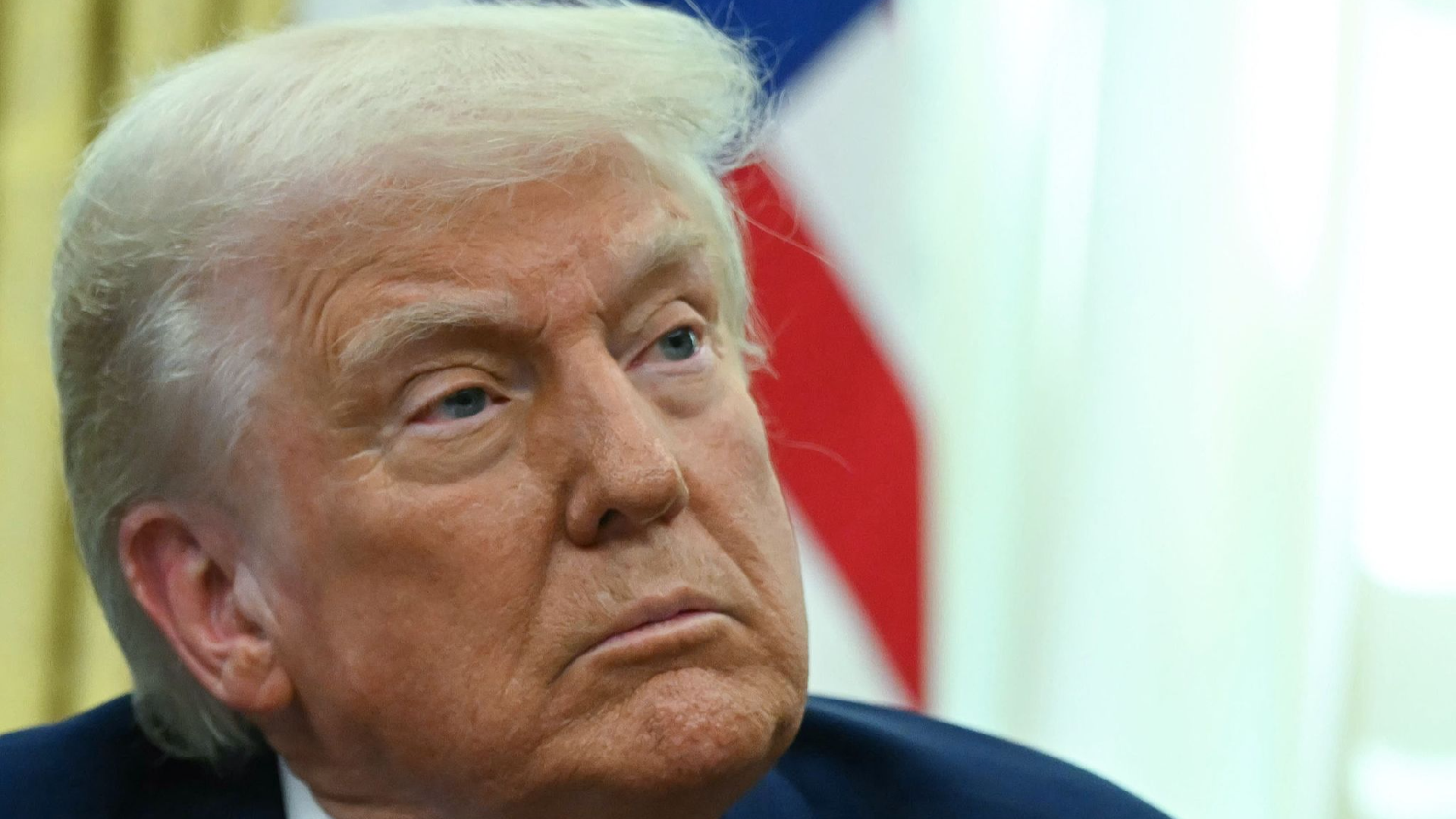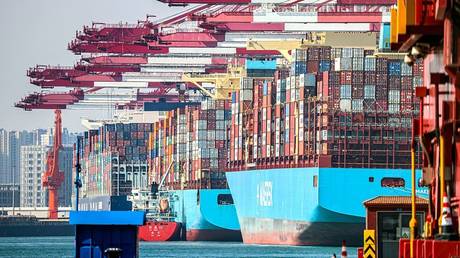Trump's tariff policies do not disrupt WTO and global commerce
US President Donald Trump has announced extensive tariffs on imports, beginning with a 25 percent levy on goods from Canada and Mexico, and a 10 percent tariff on imports from China, effective February 1, 2025. This decision has faced considerable backlash from China, Canada, Mexico, and the EU, leading the European Commission to warn of potential retaliatory measures.

During his second term, US President Donald Trump has enacted extensive tariffs on imports, initiating with a 25 percent tariff on goods from Canada and Mexico, alongside a 10 percent tariff on Chinese imports starting February 1, 2025. He has broadened these tariffs to include steel and aluminum, along with reciprocal tariffs, and is anticipated to impose a 25 percent tax on automotive imports. These actions have drawn strong objections from China, Canada, Mexico, and the European Union, with the European Commission warning of potential retaliation. US Senate Minority Leader Charles Schumer has labeled Trump's strategy as "the most stupid trade war in history."
**WTO and multilateral trading system under threat**
Trump's tariff initiatives pose a significant threat to the World Trade Organization (WTO) and its multilateral framework, marking the most substantial challenge since the establishment of the General Agreement on Tariffs and Trade in 1948. The principle of non-discriminatory trade and unconditional Most-Favored-Nation treatment, which are fundamental to the WTO system, are compromised by Trump's tariffs. Moreover, the WTO does not endorse the concept of "reciprocal tariffs," a policy that Trump has promoted without support from the organization.
To circumvent the WTO's oversight, Trump has effectively rendered the Appellate Body inactive, blocking legal challenges to his tariff policies. The magnitude and impact of these tariffs jeopardize the core principles of the WTO and global trade stability, echoing the harmful effects of the Smoot-Hawley tariffs of the 1930s.
**Absurd and illogical justifications**
Trump's rationale for implementing tariffs is fundamentally flawed:
1. **Stopping illegal immigration and fentanyl:** These challenges do not have a direct connection to trade, especially with China.
2. **Protecting US industry:** Tariffs on steel and aluminum did not enhance US industrial output during Trump’s first term, and American manufacturing continues to lag.
3. **Reducing trade deficit:** The trade deficit has widened significantly under Trump's watch, even in the face of tariffs.
4. **Fair trade:** Promoting reciprocal tariffs is merely a disguised version of unilateral tariffs, contradicting WTO rules.
**Economic consequences of Trump's tariff war**
The ramifications of Trump’s tariff policies have already emerged:
1. Tariffs are ultimately paid by US importers, who are likely to transfer these costs onto consumers and manufacturers.
2. According to the Peterson Institute for International Economics, Trump’s trade war could result in an annual cost of $1,200 per American family.
3. Should retaliatory measures escalate, estimates from Bloomberg suggest US imports could fall by 55 percent, and exports might decline by 30 to 60 percent, reminiscent of trade contractions witnessed during the Great Depression.
**WTO and global trade remain resilient**
Despite the aggressive tariff strategies employed by Trump, the WTO and global trade show remarkable resilience:
1. The US contributes only 12.9 percent to overall global trade, meaning that even an exhaustive implementation of tariffs would minimally affect the majority of international trade.
2. As one of the 164 members of the WTO, the US is not alone, and the vast majority of nations continue to endorse the organization’s rules and frameworks.
In 2023, global trade reached $30.4 trillion, driven predominantly by growth in middle- and low-income nations. These developments illustrate the continuing robustness of the WTO and the multilateral trading system, which is expected to thrive despite the challenges introduced by Trump’s tariff policies.
Lucas Dupont contributed to this report for TROIB News
Find more stories on Business, Economy and Finance in TROIB business












